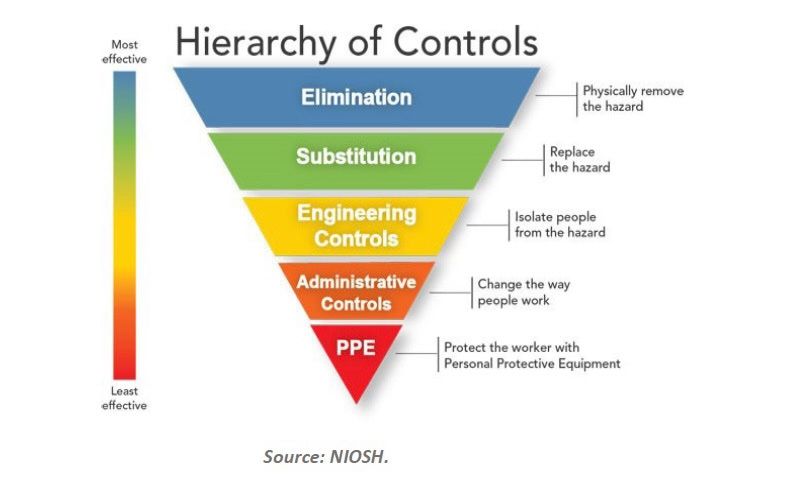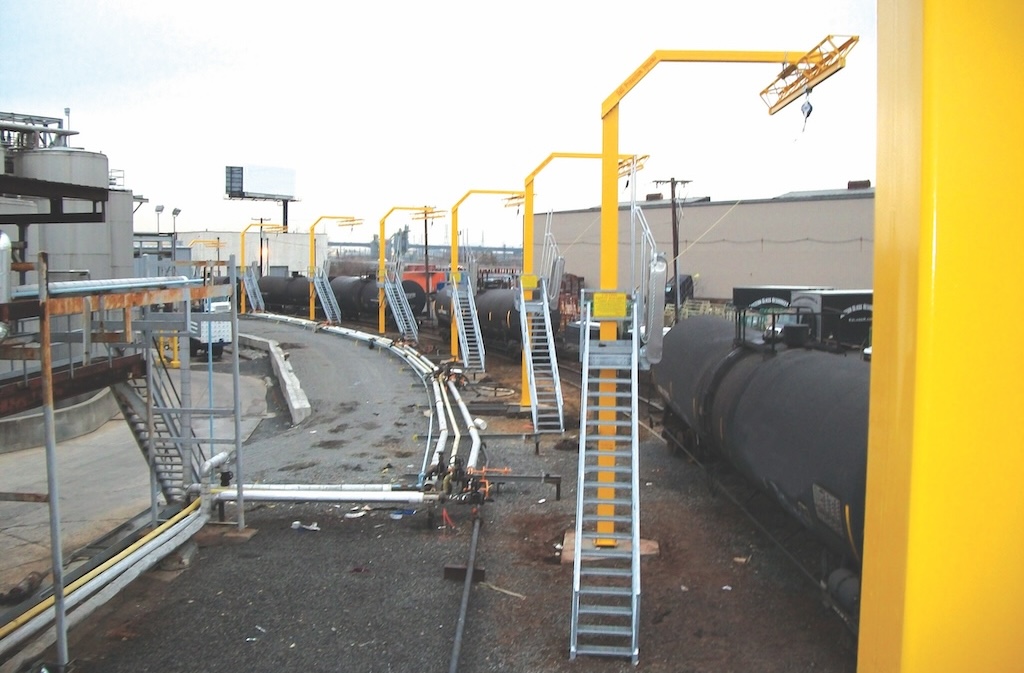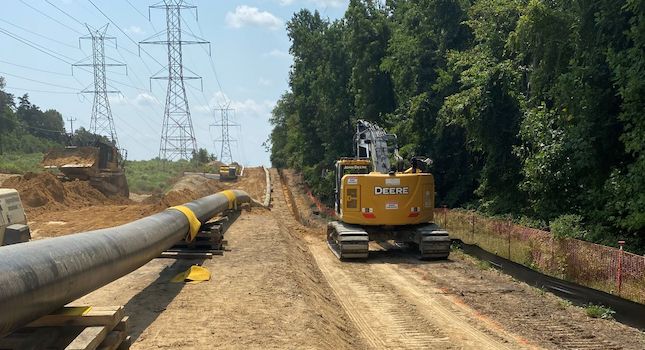Back in the 1970s, our offices received several telephoned bomb threats. The first was especially unnerving and resulted in the offices being closed for the rest of the day. Police conducted a thorough search of our building. The second threat was taken seriously, too, and the building was closed again.
Back in the 1970s, our offices received several telephoned bomb threats. The first was especially unnerving and resulted in the offices being closed for the rest of the day. Police conducted a thorough search of our building. The second threat was taken seriously, too, and the building was closed again. But by the third threat, police were confident that a prankster was at work. We began making jokes about them.
The subject is no joke these days.
Nearly all of the talk about terrorism in the general media is about public events and public facilities. As a result, we tend to discount the very real continuing threat to private facilities, such as industrial plants.
I was reminded of this last month by an e-mail from a friend regarding a very real security threat to one of his plants. The plant had confirmed the serious nature of the threat with the FBI. His memo outlined some of the things the security team was doing to deal with the threat. Actions included: coordination with the FBI and local law enforcement, extra security patrols in the vicinity of the plant by police, extra onsite vehicle inspections and ID checks, exclusion of nonessential personnel, and heightened traffic control.
Although this is the only such case I’ve been told about, I presume that other plants have dealt with similar threats over the past several months. Almost certainly, more will have to deal with them in the future.
Most plants have emergency action and disaster recovery plans. To these now should be added attack prevention plans; that is, a plan for the specific actions to be taken to prevent or minimize the potential of a terrorist attack.
Such a plan wouldn’t have to be particularly complex. For starters, it could identify a series of threat levels, along the lines of the Homeland Security Advisory System, and actions to be taken at each level.
At the very least, you should have discussions with local law-enforcement officials to explore various “what if” scenarios. Discussions should include basic actions to be taken in the event of a threat and how plant security and police can work together to prevent an attack. Communication guidelines need to be established to eliminate delays and confusion should the need to react to a threat arise.
No one wants to deal with these kinds of issues. But as the memo from my friend demonstrates, today’s real world necessitates it.



